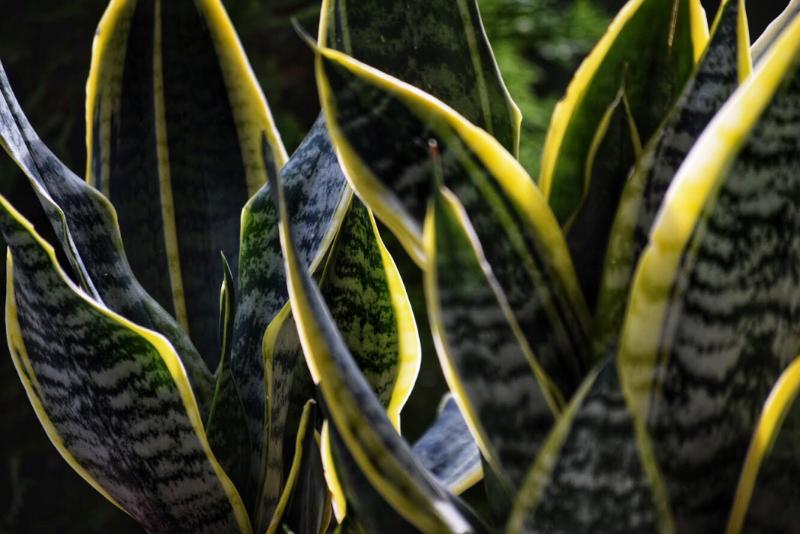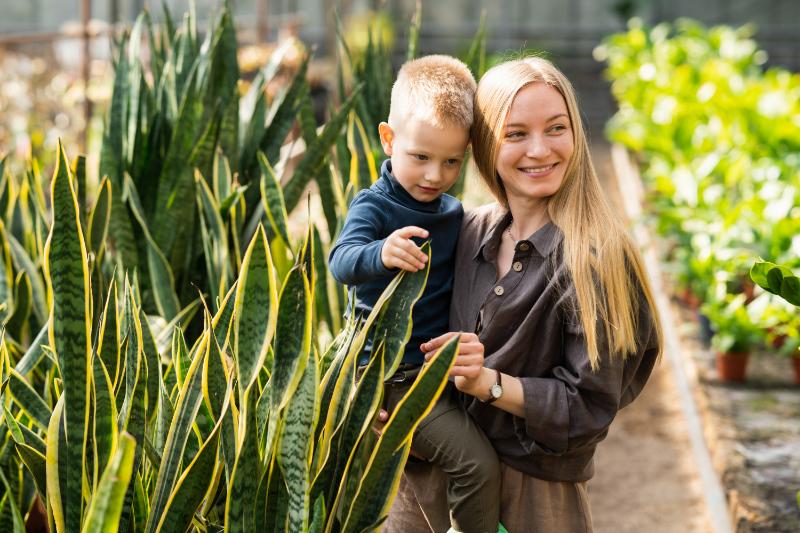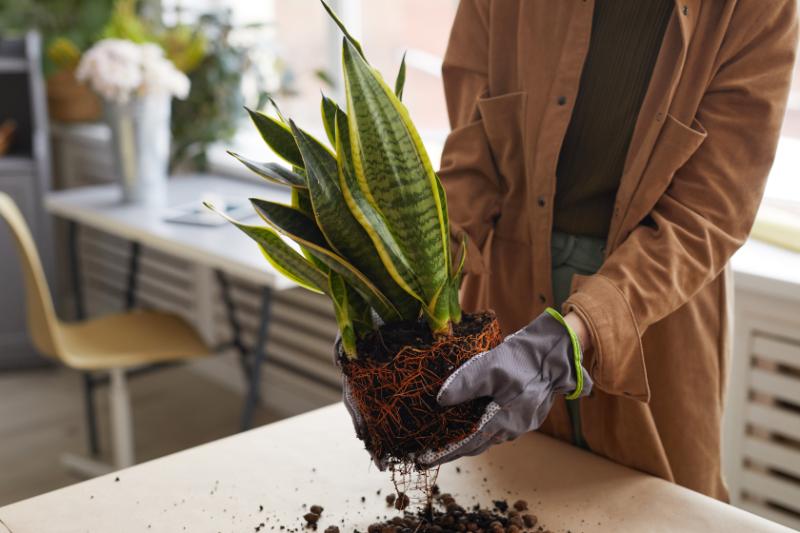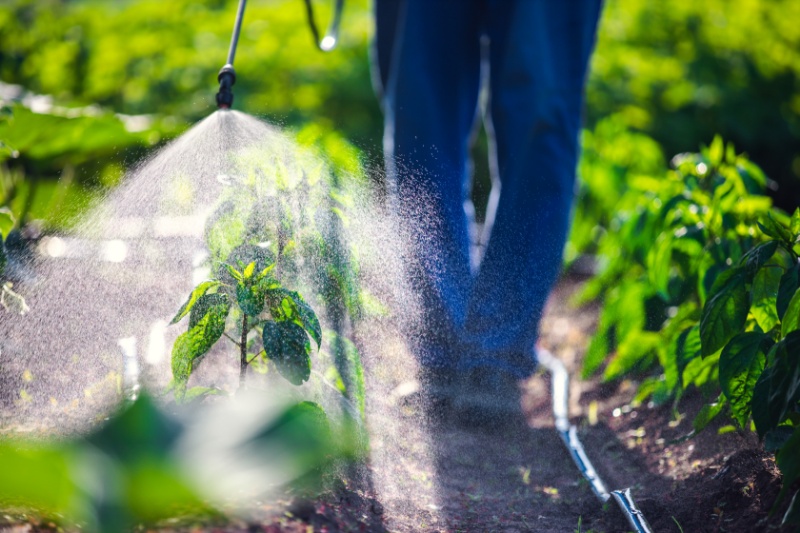Creating an enriching terrarium environment is crucial for your scaly friends. Reptiles not only need a suitable temperature and humidity range, but also an environment that mimics their natural habitat. One of the ways to do this is by adding the right reptile plants. These plants can significantly improve the aesthetics of a reptile’s abode while providing numerous benefits. Let’s explore some ideal reptile plants you might want to consider for your terrarium.
Laying the Groundwork: Live or Fake Reptile Plants

The options for reptile plants are vast – live or artificial, large or small, plants favoring light or shade. Making the right pick isn’t just about aesthetics, but also about ensuring these plants are compatible with the requirements of your reptile. Some reptiles can uproot or consume these plants, so it’s essential to make informed decisions.
What to Keep in Mind when Choosing Plants
- Your reptile’s natural environment and its adaptation to changes
- The potential toxicity of selected plants
- The placement of plants to provide a refuge and reduce damage to them
A Closer Look at Ideal Reptile Plants

There are several options to consider when selecting reptile plants for your pet’s terrarium. Spider plants, for example, hang beautifully, giving your terrarium a dramatic appeal. While pothos, dracaenas, ficus, or philodendron trees are good choices that adapt well to different settings.
Incorporating Climbing Areas

Creating climbing areas using reptile plants significantly enhances your pet’s habitat. Depending on the size of your reptile, you can select natural or synthetic materials for this purpose. Using artificial leaves and vines can be practical and visually pleasing.
Combining Live and Artificial Reptile Plants

For a dynamic terrarium environment, consider using a mix of live and artificial plants. Consider hanging live plants around the edges while having synthetic plants at the bottom of the enclosure and along climbing areas. This combination provides interest and variety, offering your reptile a hideout and an open space simultaneously.
Lighting and Temperature

Appropriate light is crucial if you decide to incorporate live reptile plants in your terrarium. Fluorescent UVB or grow lights used throughout the enclosure ensure the plants’ growth and survival.
In conclusion, the key to creating an enriching terrarium environment is finding the correct balance between live and artificial reptile plants, while considering the individual needs of your unique pet. So, start exploring your options and transform your reptile’s home into a beautiful, enriched environment.